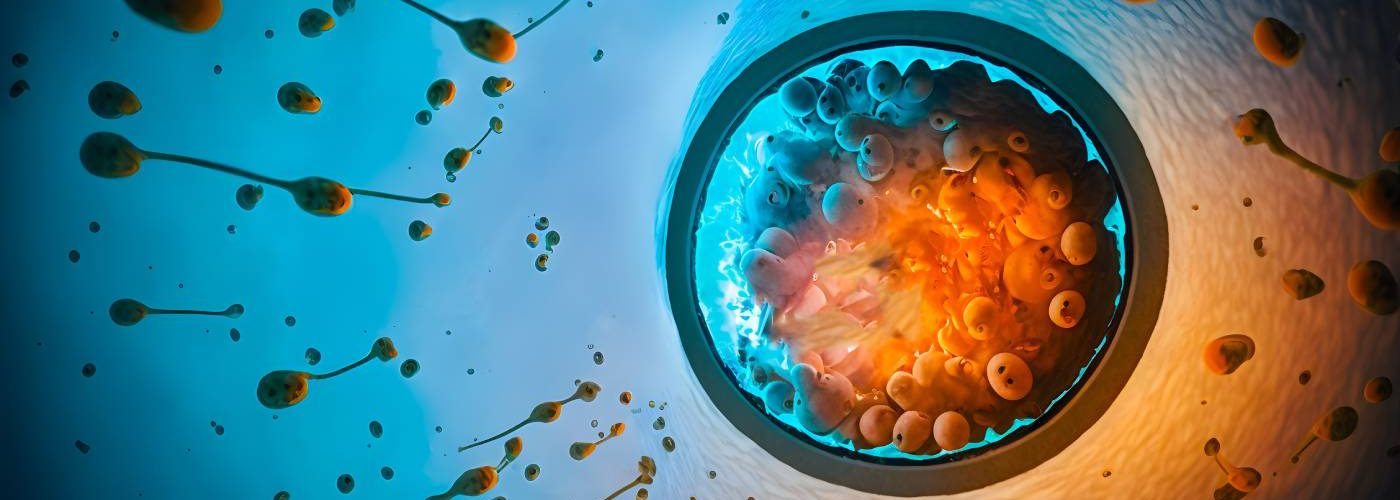
Over all these years of reproductive medicine, the values related to the morphology of the embryo, which can correlate with the possibilities of its implantation, have been studied. In addition, in recent years, the embryo has been studied using time-lapse technology, allowing a more precise understanding of embryo development, while at the same time serving to identify morphokinetic parameters as markers of embryo viability, making it possible to define complementary models of embryo selection.
However, after the vitrification and devitrification process, blastocysts undergo different changes in their morphology, which can make it difficult to evaluate their quality. In this sense, little is known to date about the application of this technology to vitrified and devitrified blastocysts.
Artificial Intelligence for embryo devitrification
The study “Analysis of the morphological dynamics of blastocysts after vitrification/warming: defining new predictive variables of implantation” was created under this premise. This study was led by Dr. Marcos Meseguer, scientific supervisor at IVI and embryologist at IVI Valencia, and was presented today at the 10th International IVIRMA Congress.
“In our work we evaluate the post devitrification dynamics of embryos to predict the implantation potential of devitrified blastocysts using Artificial Intelligence (AI) based Artificial Neural Networks (ANN). In this sense, we are working on an AI algorithm that studies the embryo’s behavior from devitrification to transfer, which lasts about 4 hours approximately. Thus, AI shows us that an embryo that begins its expansion early (when the average expansion time is 50 minutes) and carries out this process quickly, acquiring a surface area of more than 0.14 square millimeters, can implant up to 30% more than an embryo that expands later and more slowly during those first 4 hours of life. AI also allows us to identify embryos that, despite showing good morphology, have a low probability of implanting because when they devitrify, they have either taken a long time to expand or have expanded very little,” explained Dr. Marcos Meseguer.
What does the study entail?
The study led by Dr. Meseguer, consists of a retrospective analysis of a sample of 511 devitrified blastocysts, with the main objective of describing the parameters involved in the morphology of the vitrified and subsequently devitrified blastocysts, in the time that passes between this process and the embryo transfer, in an attempt to better understand the embryo re-expansion procedure.
“When we vitrify the embryo, we leave it in an inert state, removing the water, which is what drives all the machinery in the cell. The moment you remove the water, it is as if time stops, and the embryo can remain like this for years without time having a negative impact on its quality. When we reactivate time, we add the water back into the embryo, this process is gradual and not all embryos do it in the same way. The way the water enters and the antifreeze (which is the cryoprotectant) exits is not the same for all embryos, and not all embryos start at the same time either. And this is the starting point of our work: we have seen that embryos in which the water begins to enter earlier have a better prognosis. And embryos that expand faster will do better than those that expand more slowly. This leads us to correlate the re-expansion of devitrified blastocysts with their chances of implantation. Thus, more than 60% of the re-expanded blastocysts successfully implanted, compared to 6% of those that were not re-expanded after devitrification,” said Dr. Meseguer.
Artificial Intelligence for the improvement of reproductive success
Nowadays, both extended embryo culture and blastocyst stage transfer are commonplace. Both have shown an improvement in embryo selection and, therefore, in the success rates achieved with assisted reproductive treatments. This strategy requires the cryopreservation of all viable blastocysts and their transfer in subsequent cycles, also avoiding the risk of ovarian hyperstimulation.
This is what is known as deferred transfer cycles and its increase implies further development of increasingly precise selection criteria, allowing the improvement of the results of the transferred vitrified embryos.
“It is well known that each observation involves exposure to suboptimal conditions outside the controlled environment of an incubator, which can potentially affect treatment success. Hence, continuous monitoring of devitrified blastocysts using time-lapse systems can provide us with valuable information about their implantation potential while they remain in a stable, controlled culture environment. At this point, it is important to highlight that all blastocysts were vitrified and devitrified using the Cryotop method, and they were placed in the Embryoscope immediately after devitrification until transfer. Moreover, another differential element of our work points to the fact that it provides objective quantitative values for the variables involved in blastocyst re-expansion, as opposed to the subjective morphological evaluation that has been used for blastocyst re-expansion to date,” concluded Dr. Meseguer.
All in all, it can be concluded that making use of Artificial Intelligence to analyze the dynamics of vitrified and devitrified blastocysts could be useful to predict the implantation potential of these blastocysts. And, therefore, predictive models in vitrified cycles can lead to vitrified embryos with low success rates not being transferred. However, the observed correlations and the proposed algorithm should be validated in a prospective trial to evaluate their efficacy.





Comments are closed here.